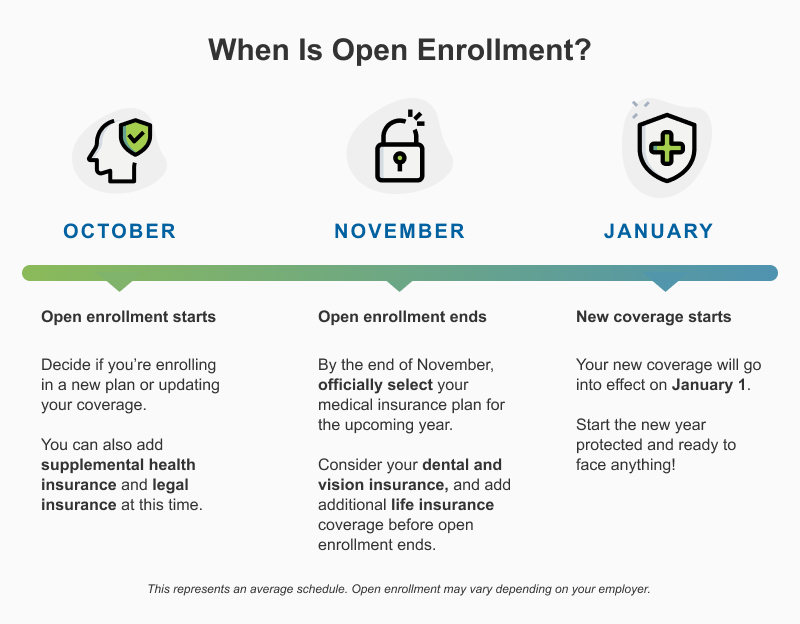The Only Guide for Medicare Advantage Agent
Wiki Article
8 Easy Facts About Medicare Advantage Agent Shown
Table of ContentsThe Best Strategy To Use For Medicare Advantage AgentThe 9-Minute Rule for Medicare Advantage Agent7 Easy Facts About Medicare Advantage Agent Shown

adheres to from confusing the reasonably young age profile of the without insurance with the much better wellness, generally, of more youthful persons. This covers the web link between health and wellness status and medical insurance. For those without access to office medical insurance, inadequate health and wellness is a possible barrier to purchasing nongroup insurance coverage since such coverage may be highly valued, omit preexisting conditions, or be merely unavailable. The variety of uninsured Americans is not especially large and has not transformed in recent times. 7 out of ten respondents in a nationally depictive survey assumed that less Americans lacked medical insurance than in fact do(Fronstin, 1998). Approximately half(47 percent )believed that the variety of individuals without medical insurance reduced or stayed consistent over the latter fifty percent of the last decade(Blendon et al., 1999). This drop of almost 2 million in the number of individuals 'without insurance coverage (a reduction
of around 4 percent)is absolutely a favorable change. With a softer economic climate in 2000 the current reported gains in insurance policy coverage might not continue(Fronstin, 2001 ). The decrease in the variety of uninsured will certainly not proceed if the economic climate remains slow-moving and healthcare expenses continue to exceed rising cost of living. This is due to the fact that the information were accumulated for a duration of solid economic performance. Of the approximated 42 million people who were without insurance, all yet about 420,000(concerning 1 percent)were under 65 years old, the age at which most Americans come to be eligible for Medicare; 32 million were adults in between ages 18 and 65, about 19 percent of all grownups in this age; and 10 million were youngsters under 18 years old, concerning 13.9 percent of all kids (Mills, 2000). These quotes of the variety of persons uninsured are generated from the annual March Supplement to the Existing Populace Study (CPS), conducted by the Census Bureau. Unless or else noted, national estimates of people without medical insurance and proportions of the population with different type of protection are based upon the CPS, the most commonly used resource of estimates of insurance protection and uninsurance rates. These surveys and the estimates they generate are described briefly in Table B. 1 in Appendix B - Medicare Advantage Agent. These surveys differ in size and sampling approaches, the inquiries that are asked about insurance
Medicare Advantage Agent Fundamentals Explained
protection, and the moment period over which insurance coverage or uninsurance is gauged(Lewis et al., 1998, Fronstin, 2000a ). Still, the CPS is particularly valuable because it creates yearly price quotes reasonably rapidly, reporting the previous year's insurance protection estimates each September, and due to the fact that it is the basis for a consistent set of price quotes for more than 20 years, enabling evaluation of trends in coverage over time.
About Medicare Advantage Agent
Over a three-year duration beginning early in 1993, 72 million people, 29 percent of the U.S. populace, were without insurance coverage for at the very least one month. Within a single year(1994), 53 million people experienced a minimum of a month without protection(Bennefield, 1998a). 6 out of every 10 uninsured grownups are themselves used. Although working does enhance the likelihood that one and one's relative will have insurance coverage, it is not an assurance. Even members of households with two permanent wage income earners have nearly a one-in-ten possibility of being without insurance (9.1 percent uninsured price)(Hoffman and Pohl, 2000 ). The relationship between medical insurance and access to care is well established, as documented later in this chapter. The relationship between health insurance and wellness end results is neither straight nor easy, a substantial scientific and health and wellness services research literary works links health and wellness insurance coverage to improved better accessibility care, better far betterHigh quality and improved enhanced and population populace wellnessStanding For instance, the 2nd report, on personal wellness outcomes for without insurance adults, is represented by the inner circle of the number, while the 3rd report, on household health, encompasses the topics of the second record but emphasizes a various system of evaluation, namely, the family members. The 6th report in the collection will provide information regarding approaches and efforts undertaken locally, statewide, or nationally to resolve the absence of insurance and its damaging impacts. Degrees of analysis for checking out the effects of uninsurance. This conversation of medical insurance protection focuses mostly on the united state population under age 65 since basically all Americans 65 and older have Medicare or other public protection.
Moreover, it focuses specifically on those with no wellness insurance policy for any kind of length of time. The problems faced by the underinsured remain in some areas similar to those faced by the uninsured, although they are usually much less serious. Uninsurance and underinsurance, nevertheless, involve distinctly various plan issues, and the strategies for resolving them might vary. Throughout this research study and the 5 reports to follow, the major emphasis gets on persons without medical insurance and hence no aid in paying for wellness treatment beyond what is offered with charity and safety internet establishments. Medical insurance is a powerful factor affecting invoice of treatment because both clients and physicians react to the out-of-pocket cost of services. Health and wellness insurance, nevertheless, is neither necessary nor sufficient to get to medical solutions. Nevertheless, the independent and direct impact of health and wellness insurance policy coverage on accessibility to wellness services is well established. Others Homepage will get the healthcare they require even without health insurance coverage, by spending for it out of pocket or seeking it from suppliers who use treatment complimentary or at highly subsidized prices. For still others, wellness insurance coverage alone does not make certain receipt of care due to various other nonfinancial obstacles, such as an absence of healthcare providers in their area, limited access to transport, illiteracy, or linguistic and cultural differences. Formal study concerning uninsured populations in the United States dates to the late 1920s and very early 1930s when the Board on the Price of Treatment created a collection of reports regarding financing physician workplace brows through and hospital stays. This problem ended up being salient as the numbers of clinically indigent climbed throughout the Great Depression. Empirical studies regularly sustain the link in between accessibility to care and improved wellness end results(Bindman et al., 1995; Starfield, 1995 ). Having a regular resource of More hints treatment can be taken into consideration a forecaster of accessibility, instead than a straight action of it, when wellness end results are themselves utilized as gain access to indicators. This extension of the notion of accessibility dimension was made by the IOM Board on Keeping Track Of Access to Personal Wellness Treatment Services(Millman, 1993, p. Whether parents are insured shows up to affect whether their kids receive treatment in addition to just how much careeven if the kids themselves have protection(Hanson, 1998). The health of moms and dads can affect their capability to take care of their youngsters and the level of household anxiety. Bothering with their kids's access to care is itself a resource of tension for moms and dads. Three phases adhere to in this record. Chapter 2 gives an overview of exactly how employment-based medical insurance, public programs and individual insurance plan run and connect to offer considerable but incomplete insurance coverage of the U.S. population. This consists of a testimonial of historical fads and public policies influencing both public and personal insurance policy, a discussion of the communications among the different kinds of insurance policy, and an evaluation of why individuals relocate from one program to an additional or end up

Report this wiki page